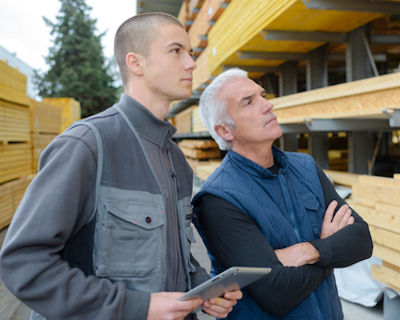Methods to Document the Accident Scene
Let's talk about the various methods you can use to document the accident scene.

Personally observe the accident scene. Document what you do and don't see and hear.
Make Personal Observations
With clipboard in hand, take notes on personal observations. Try to involve all of your senses (sight, hearing, smell, etc.).
- What is present and what is not? What equipment, tools, materials, machines, or structures appear to be broken, damaged, struck or otherwise involved in the event? Look for gouges, scratches, dents, or smears. If vehicles are involved, check for tracks and skid marks. Look for irregularities on surfaces. Are there any fluid spills, stains, contaminated materials or debris? Is something missing that should be present, such as fall protection?
- What about the environment? Were there any distractions, adverse conditions caused by weather? Record the time of day, location, lighting conditions, etc. Note the terrain (flat, rough, etc.).
- What is the activity occurring around the accident scene?
- Who is present and who is not? You'll need this information to take initial statements and interviews.
- Measure distances and positions of anything and everything you believe to be of any value to the investigation.
Knowledge Check Choose the best answer for the question.
3-2. What should you document while making observations at the accident scene?
You forgot to answer the question!
Updated 12/12/2024
